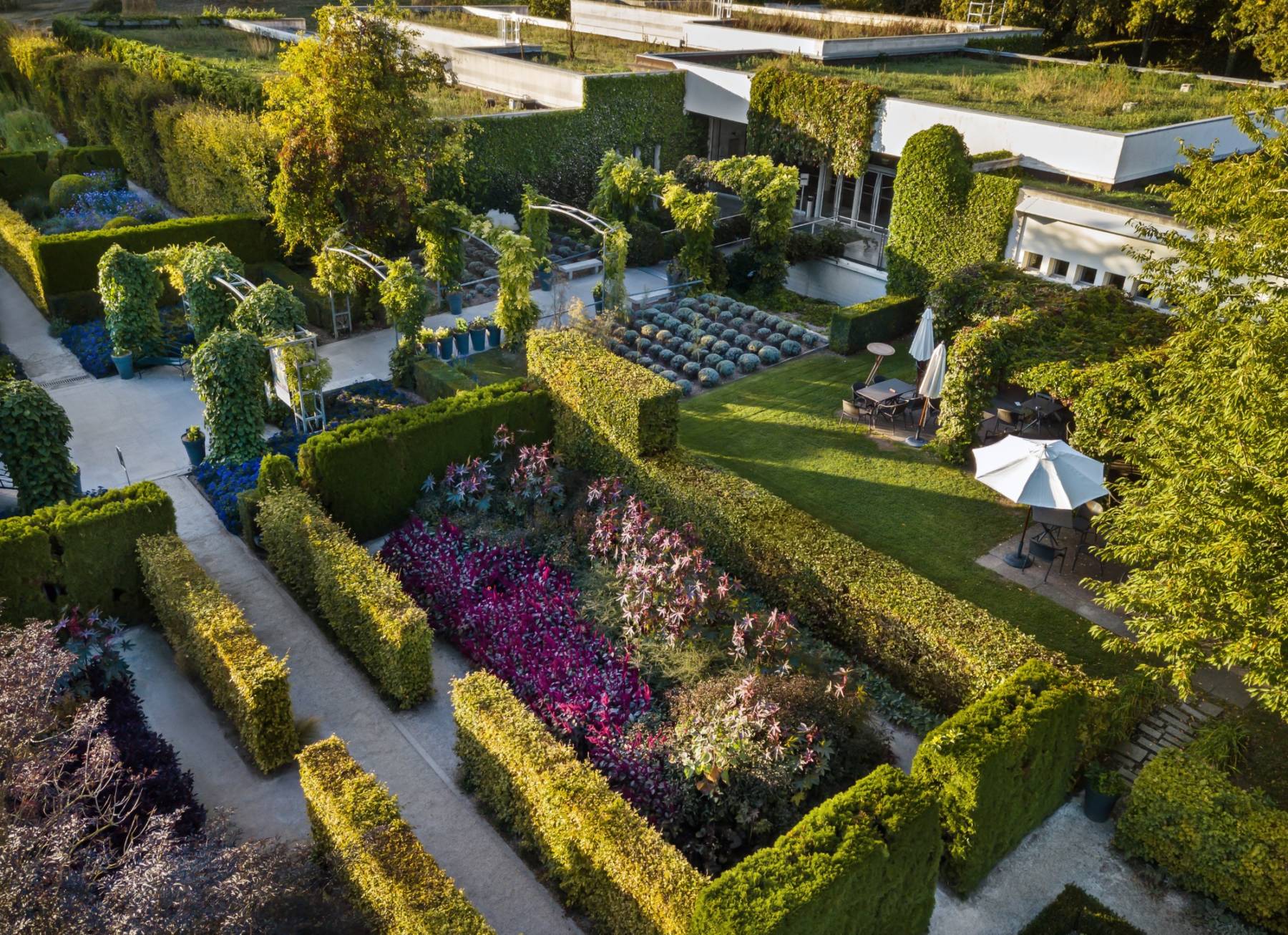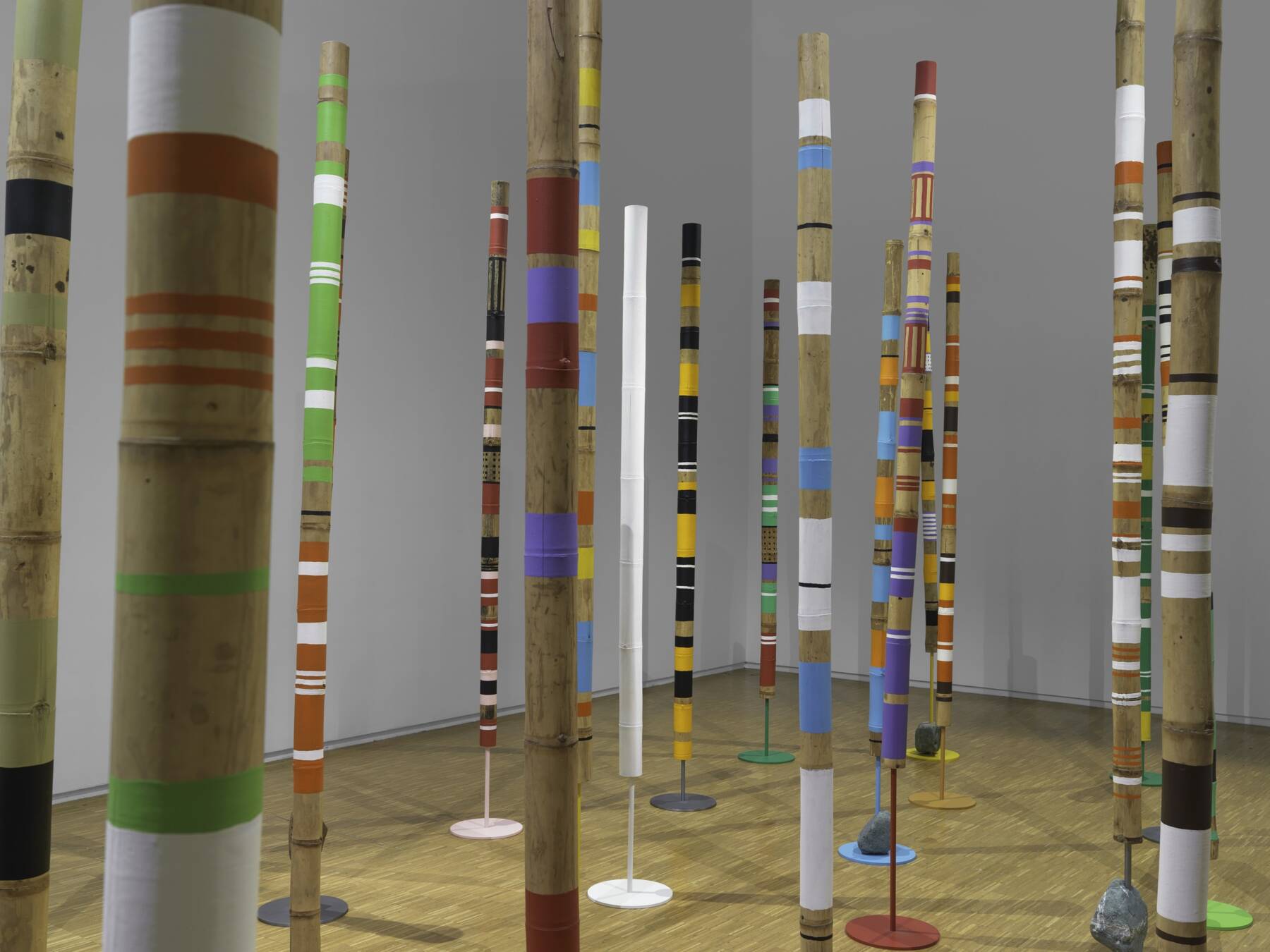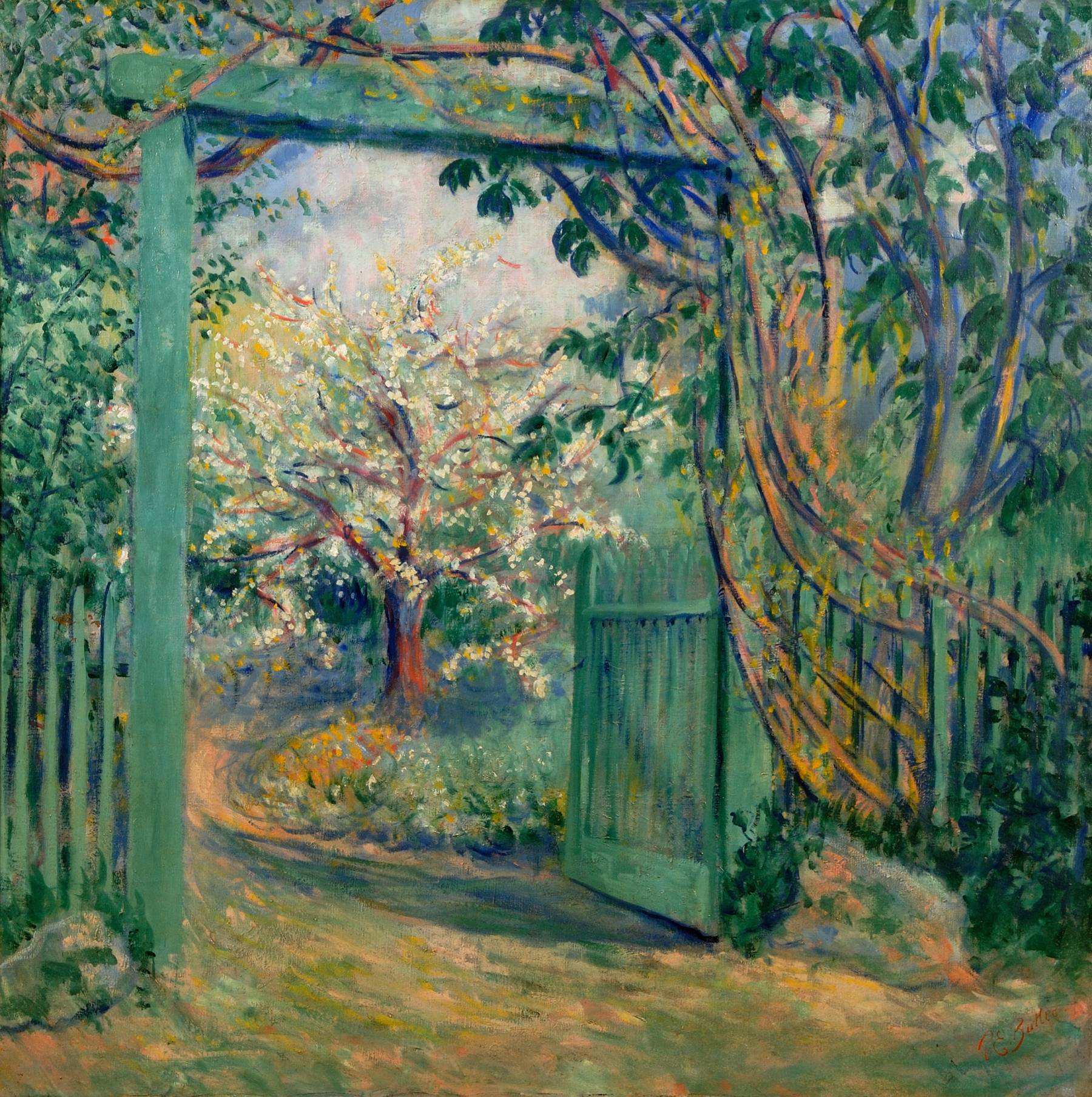Jean Francis Auburtin
(Paris, 1866 - Dieppe, 1930)
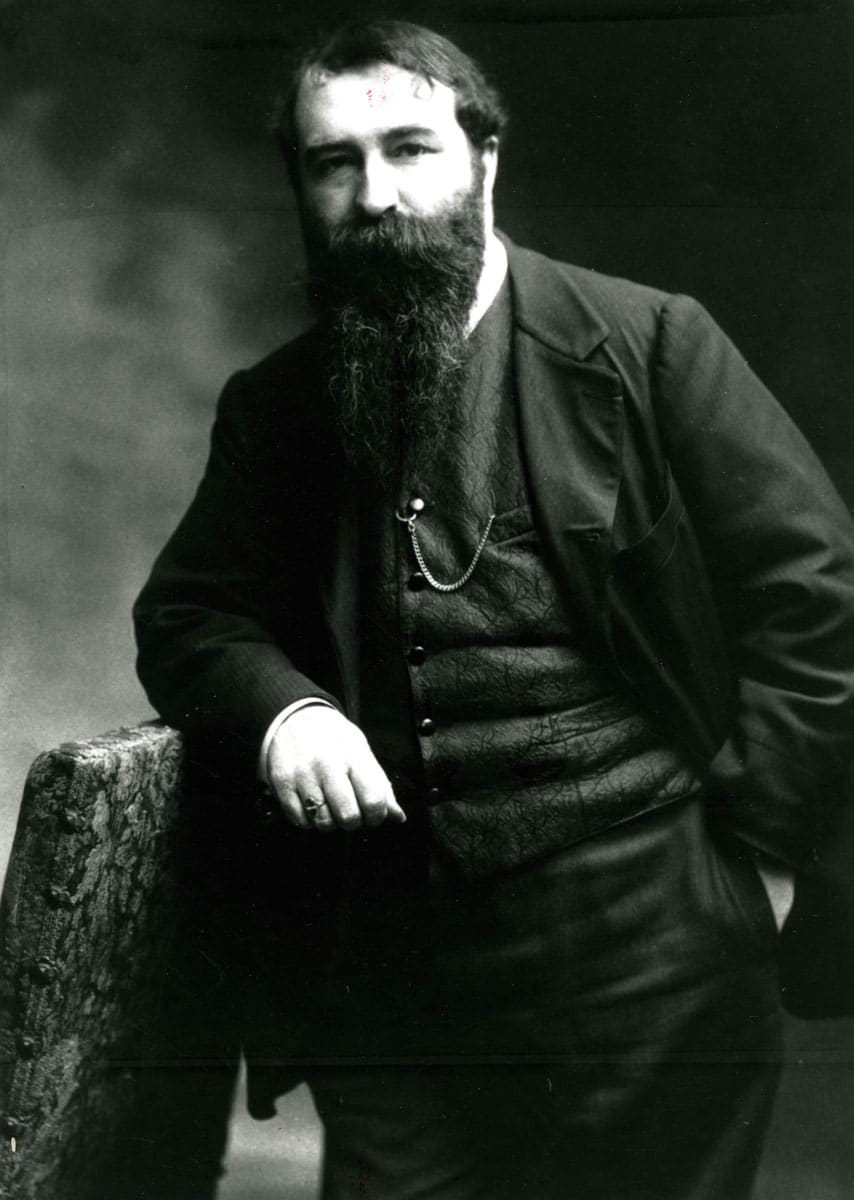
A decorator of public buildings, Jean Francis Auburtin also practiced pure landscape painting and tirelessly depicted the French coast, in the footsteps of Claude Monet.
“The painter of blond naiads and azure seas”
Jean Francis Auburtin grew up in Paris, in an affluent bourgeois family. He entered the École des beaux-arts in 1888 and followed the teaching of Jules Joseph Lefebvre and Benjamin-Constant. In 1992, after his studies, he married Marthe Deloye, daughter of General Félix Deloye. The newlyweds went on a long honeymoon trip to Italy, where Auburtin studied Renaissance frescoes.
Upon his return, he began a career as a decorator, receiving numerous commissions for public buildings under the Third Republic. He painted the ceiling of the rector’s dining room, at the Sorbonne, as well as the university’s zoology amphitheater. His decoration for the Conseil d’État’s Salle des Colonnes, completed in 1924, is still in place today.
Auburtin specialised in decorative seascapes where nymphs and naiads appear in landscapes inspired by Mediterranean shores. Maurice Denis nicknamed him “the painter of blond naiads and azure seas”. Critics recognised in him an heir to Pierre Puvis de Chavannes, the great decorator who was a model for the Symbolist generation.
From Porquerolles to Varengeville
Auburtin also practiced painting on the motif. During his many trips, he tirelessly described the French coast, whether in Porquerolles, Belle-Île, where he stayed on numerous occasions, or on the Normandy coast: in Étretat, and in Varengeville, where he settled in 1907. He excelled in the combined use of gouache, watercolour and charcoal.
The sites he chose to paint are often similar to those represented ten or fifteen years earlier by Claude Monet, whose work Auburtin had discovered during his studies, probably on the occasion of the exhibition that the gallery Georges Petit devoted to Claude Monet and Auguste Rodin in 1889.
The museum
About us
See more
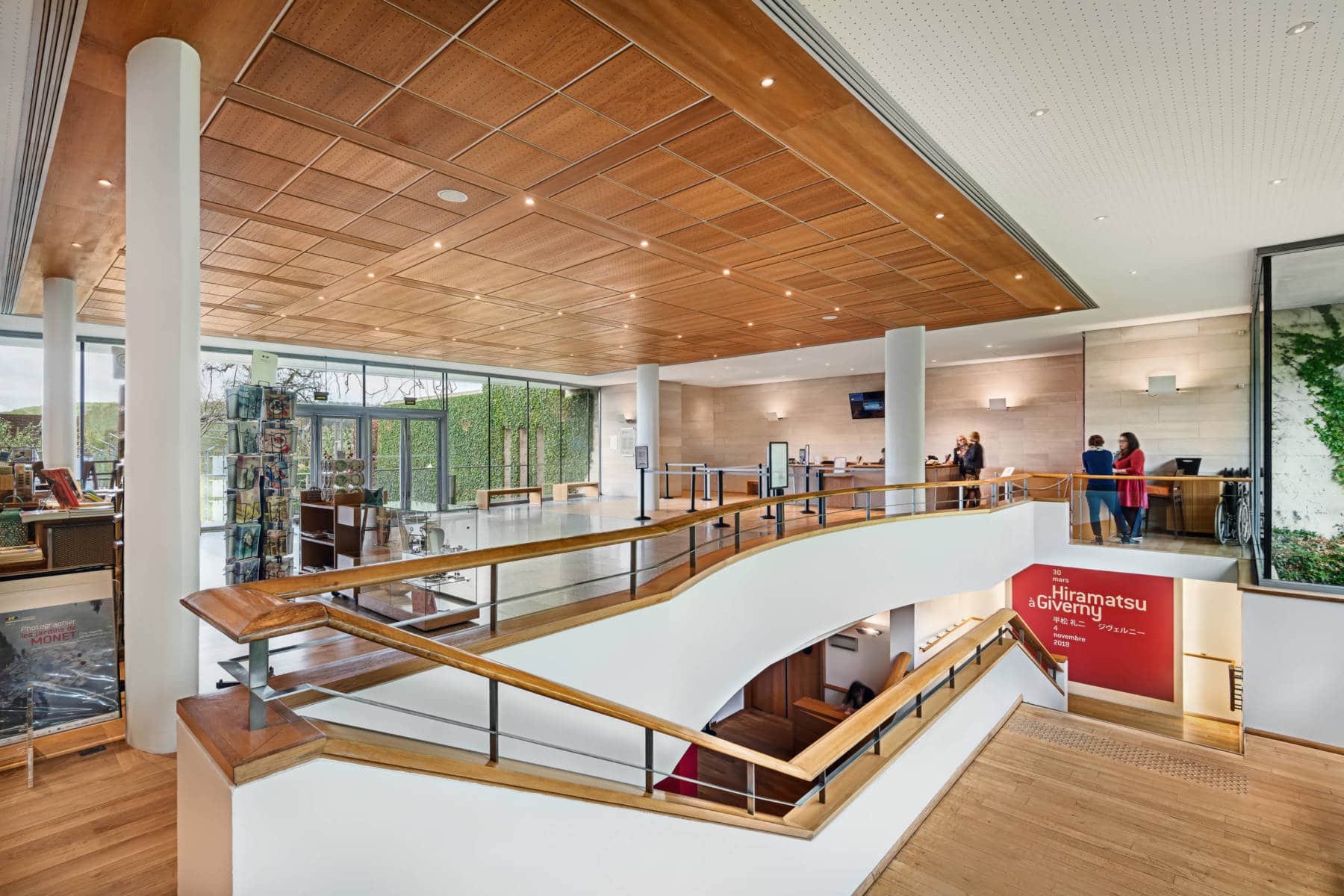
The museum
The garden
See more
